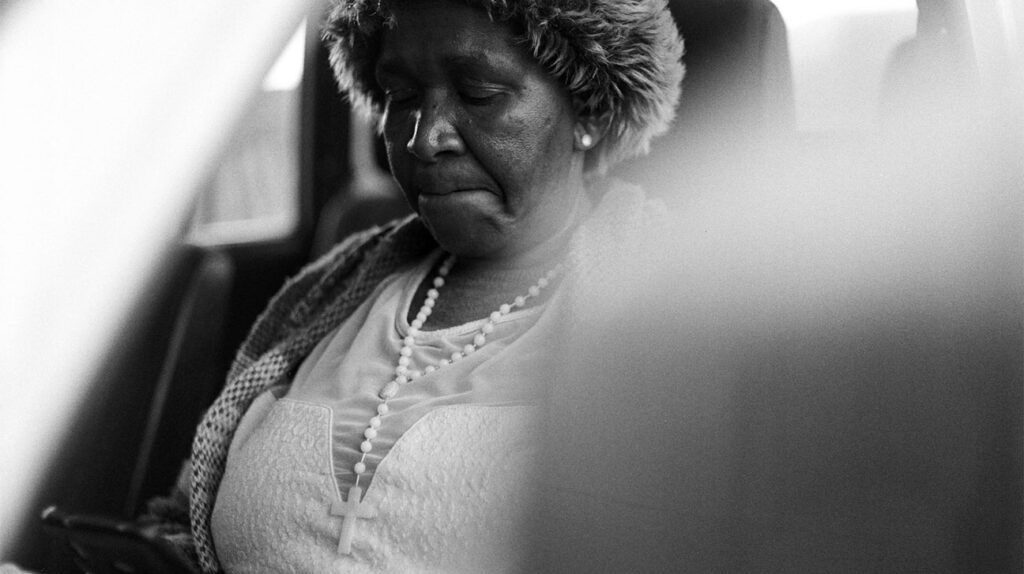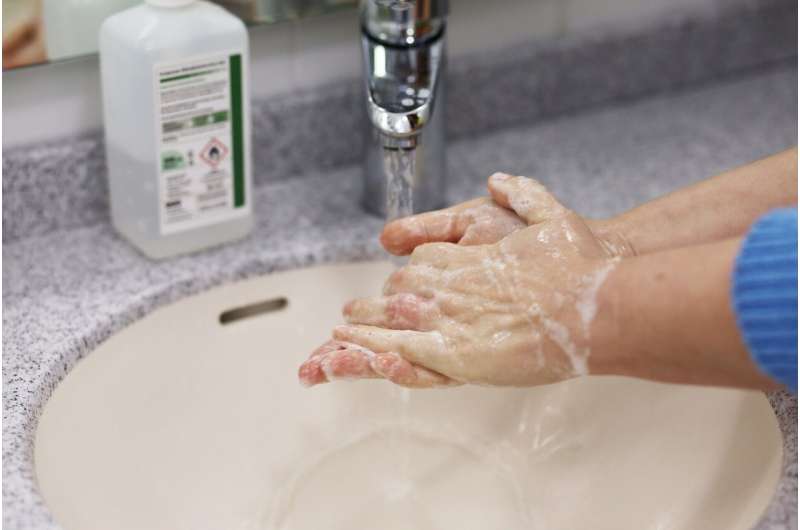Artificial Intelligence Advances Understanding and Treatment of Lung Disease

Innovative AI technology developed by Yale researchers enhances understanding of idiopathic pulmonary fibrosis and proposes potential treatments, opening new pathways in respiratory disease research.
Researchers are making significant progress in understanding idiopathic pulmonary fibrosis (IPF), a serious lung disease characterized by the progressive formation of fibrous scar tissue in the lungs. IPF's causes remain largely unknown, making it a disease of great concern in respiratory medicine. It begins at the outer regions of the lung and gradually worsens, impairing breathing and leading to debilitating consequences since there is no current cure. Existing approved drugs only slow the disease’s progression without reversing damage.
A groundbreaking study published on June 20, 2025, in Nature Biomedical Engineering introduces a novel AI-driven approach to decoding complex lung diseases like IPF. The team at Yale School of Medicine, collaborating with institutions worldwide, developed a sophisticated neural network called UNAGI (Unified In-silico Cellular Dynamics and Drug Screening Framework). UNAGI analyzes vast datasets of cell behavior, gene expression, and disease pathways to uncover patterns that drive disease progression.
This AI model can process data from hundreds of thousands of cells within hours or days, identifying critical cell types, genetic factors, and regulatory networks involved in the disease. It then simulates how different drugs may impact these pathways by querying extensive databases of approved medications. Although initially applied to IPF, UNAGI has also demonstrated effectiveness in modeling other diseases, including COVID-19, and physical phenomena such as aging.
Co-senior researcher Dr. Naftali Kaminski explains, “UNAGI looks for regulation—what characterizes and controls disease changes—and suggests treatments based on known drug mechanisms.” The model’s ability to learn and refine insights autonomously reduces the need for manual re-training, saving time and resources. In their study, UNAGI identified eight potential therapeutic drugs, including nifedipine, a hypertension medication that may have anti-fibrotic effects. In experimental lung tissue slices, the drug effectively prevented scar formation, validating UNAGI’s predictions.
This innovation exemplifies how integrating high-resolution data from single-cell sequencing with AI can revolutionize disease understanding and treatment discovery. By revealing pathways previously unconsidered, UNAGI opens new avenues for therapy development, offering hope for more effective interventions in IPF and other complex diseases.
Further research continues as scientists explore UNAGI’s full potential, emphasizing the convergence of computational biology and high-throughput data to transform healthcare.
Stay Updated with Mia's Feed
Get the latest health & wellness insights delivered straight to your inbox.
Related Articles
What Makes 'Superager' Brains More Resistant to Aging?
Discover the unique brain features of superagers—elderly individuals who maintain youthful cognition—and what this means for future brain health interventions.
Persistent Socioeconomic Disparities Among UK Doctors Revealed by New Study
A groundbreaking study reveals longstanding social and economic inequalities among UK doctors, highlighting disparities rooted in socioeconomic backgrounds and family influence. The research calls for improved mobility and diversity in the medical workforce to ensure equitable patient care.



